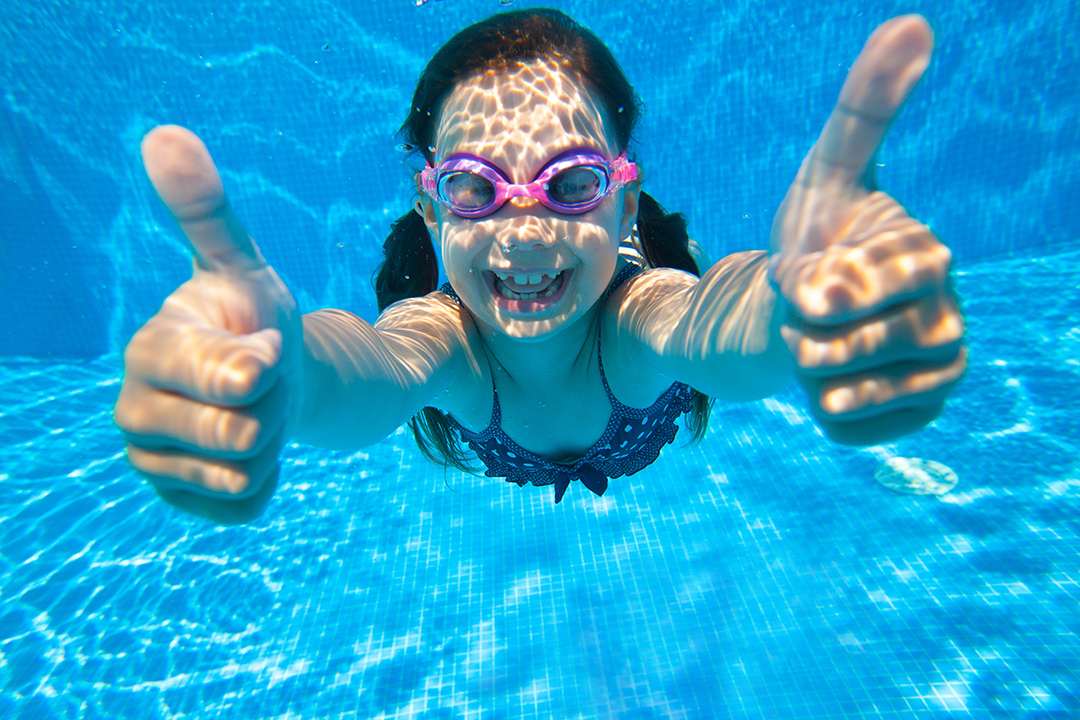“I don’t have time to go on a retreat or sit for hours a day on a cushion. And the few times that I’ve tried to meditate, I feel really distracted and can’t seem to calm my thoughts.”
If you’ve ever felt that way, here’s some good news: mindfulness and meditation are related, but not the same thing. Mindfulness is a particular way of paying attention to what is happening here and now. Meditation includes practicing mindfulness without doing anything else at the same time.
While these words are often used interchangeably, they represent distinct concepts with unique applications and benefits. Formal meditation practice like that practiced over many years and with careful support and instruction isn’t something everyone would choose to pursue. However, mindfulness is an attitude and a life-skill that everyone can benefit from and start practicing in little moments and anywhere.
1. Defining Mindfulness and Meditation
At its core, mindfulness is the practice of maintaining awareness of the present moment, acknowledging one’s thoughts, feelings, and bodily sensations without judgment. Jon Kabat-Zinn, a pioneer in bringing mindfulness to Western audiences, describes it as “the awareness that arises through paying attention, on purpose, in the present moment, non-judgmentally.” In Pause Breathe Smile, we teach tamariki that mindfulness means “noticing what is happening now, with kindness and curiosity.” Anything can be done mindLESSly and anything can be done mindFULLy: eating a meal, listening to a friend, dancing, walking, washing the dishes—you can be mindful anywhere, anytime.
On the other hand, meditation refers to a formal and broad set of techniques aimed at training the mind and body to experience mental clarity, calmness, direct insight into the workings of the mind, and a sense of peace. People practice various forms of meditation—such as focused attention (concentrating on a specific point), open monitoring (observing thoughts and sensory phenomena without attachment), loving-kindness, compassion-focused meditation and so forth, depending on their goals and the spiritual tradition to which they belong.
2. Mindfulness as a Quality vs. Meditation as a Practice
A fundamental distinction lies in how and where mindfulness versus meditation occur.
Mindfulness is a state of being—actively engaging with the present moment in everyday activities, whether eating, walking, working, or conversing. It’s about cultivating an ongoing awareness that permeates daily life.
Meditation, on the other hand, is a deliberate practice or exercise. It involves setting aside specific time to engage in techniques that train the mind, such as focusing on the breath or repeating a mantra. Meditation without mindfulness is like reading a book without paying attention – you miss what’s going on. So, mindfulness is necessary for meditation and through consistent practice, meditation can enhance one’s capacity for mindfulness, making it easier to remain present and attentive in various situations.
3. The Interrelationship Between Mindfulness and Meditation
While distinct, mindfulness and meditation are interconnected. Mindfulness can be both a byproduct of meditation and a stand-alone practice. For instance, engaging in mindfulness meditation—a form where individuals focus on being present without judgment—can strengthen one’s ability to remain mindful throughout the day, wherever you go and whatever you’re doing. This is what primary and intermediate school children learn in the Pause Breathe Smile programme.
4. A question of depth Here’s a metaphor that might help: swimming and deep-sea scuba diving are both activities we can do in the water. Mindfulness is like knowing how to swim. It helps with safety around water and is a life-skill that is good to have and can be used in various places and ways. Embarking on a formal meditation journey is more like training to scuba dive—it requires special knowledge and benefits from a qualified teacher, and it takes you deeper.

Hopefully this has helped clear up some of the similarities, differences, and overlaps between mindfulness and meditation. Pause Breathe Smile is geared toward helping New Zealand teachers support their learners’ hauora (wellbeing) via sharing and using simple mindfulness approaches and activities. Some children may well go on to want to develop deep, life-long meditation journeys, many will not. But we want all New Zealand tamariki to feel confident to “swim” through the waters of life, and Pause Breathe Smile mindfulness helps equip them to do so.
